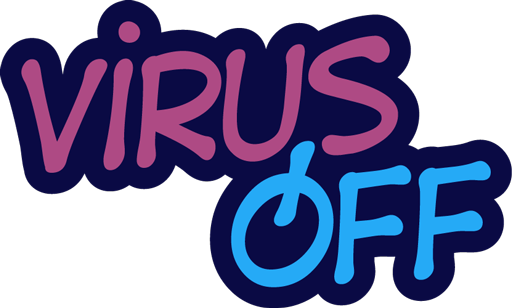States with high levels of PrEP availability saw a significant drop in the number of new HIV cases between 2012 and 2021, indicating the effectiveness of this preventive measure.
Oral and injectable PrEP has been shown to be extremely effective, reducing the chance of contracting HIV by 99% with regular use. Since the approval of Truvada as an HIV prevention tool in 2012, the number of PrEP users has increased to 364,000 in 2022. However, the potential of PrEP has not yet been fully realized, especially among African Americans and women of various races and ethnicities.
Research by Patrick Sullivan, a professor at Emory University, found that overall PrEP coverage, its use in high-risk groups, consistent adherence to the regimen, and levels of viral suppression influence trends in new HIV cases.
By analyzing data on PrEP prescriptions, Sullivan’s team determined PrEP coverage rates per 100 people with PrEP indications in all states and Washington, D.C., from 2012 to 2021. States were divided into groups based on the level of PrEP availability, and the change in the percentage of HIV diagnoses was calculated for each group. The results confirmed the association between high PrEP coverage and reduced HIV incidence.
Average PrEP coverage between 2012 and 2021 ranged from 5.8% to 15.7%. It found that the higher the PrEP coverage, the lower the rate of new HIV cases. The researchers concluded that there is a direct relationship between PrEP coverage and reductions in HIV incidence, and that a comprehensive approach to HIV prevention, including timely diagnosis and access to treatment, is key to reducing HIV transmission. Sullivan also highlighted the importance of HIV testing as a means of connecting people to the services they need, including PrEP treatment and prevention.



